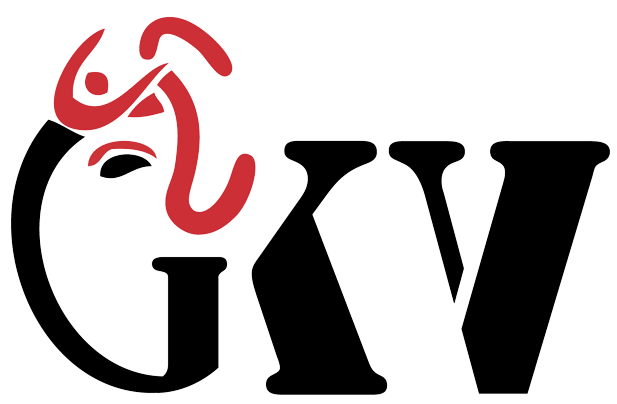Desktop applications remain an integral component of varied industries, from finance to development and design, despite the arrival of the digital era.
Unlike web applications run by browsers, desktop applications are installed on a computer directly without any link to the internet. For the sake of ensuring their reliability, efficacy, and security, meticulous desktop application testing must be conducted.
Desktop application testing is testing and validating a computer application which is executed in desktop or laptop operating systems. It is merely ensuring that the application performs the way it must, acts reliably under different situations, and provides an interactive user interface.
Desktop application testing comprises testing functionality, performance, security, and compatibility of the application on different operating systems as well as on distinct hardware configurations.
Key Desktop Application Testing Features
- Installation & Uninstallation Testing – To ensure the application is installing and uninstalling successfully and not leaving any leftover files.
- Functionality Testing – Verification that all features are running as they should and up to users’ expectations.
- Performance Testing – Testing of speed, responsiveness, and resource consumption (CPU, memory, disk).
- Compatibility Testing – Verification that the application is performing well on various operating systems (Windows, macOS, Linux) and setups.
- Security Testing – Loophole detection, prevention of data breach, and proper access control.
- User Interface (UI) Testing – Checking the usability, organization, and user-friendliness of the application.
- Reliability Testing – Checking the application to behave predictably for an amount of time under different conditions.
- Accessibility Testing – Checking accessibility compliance to make it accessible for physically disabled users.
Types of Desktop Application Testing
- Unit Testing – Testing individual modules or parts of the application.
- Integration Testing – Testing between different modules.
- System Testing – Testing the overall application.
- Regression Testing – Testing new updates do not kill previous functionality.
- Load Testing – Testing how the application runs under changing workloads.
- Usability Testing – Testing for ease of use and satisfaction.
- Stress Testing – Testing how the application handles extreme conditions, e.g., excessive CPU or memory usage.
- Localization Testing – Testing if the application is multilingual and region-enabled.
Desktop Application Testing Issues
- Various OS Versions – The application needs to be tested on various operating system versions (for instance, Windows 10 and Windows 11, macOS Ventura and Monterey).
- Various Hardware Configurations – The performance varies depending on CPU, RAM, and GPU configurations.
- Security Issues – Verification of data encryption and secure authentication.
- Offline Capability – Web applications are able to run offline, whereas desktop applications cannot.
- Regular Updates & Compatibility Issues – Latest OS updates may cause disruptions to app performance and stability.
- Third-Party Library Dependencies – Third-party library and driver compatibility guarantees.
- User Permissions & Administrator – Testing the app for various user roles and levels of permissions.
- Automate Repetitive Tests – Automate functional and regression tests with testing solutions like Selenium, TestComplete, or Ranorex.
- Simulate Real-World Situations – Test the application in different user situations, for instance, low disk space or high CPU.
- Use Virtual Machines & Cloud Infrastructures – Test under different versions of the OS without hardware devices.
- Update Test Cases Regularly – Adapt to new releases of the OS and users’ requirements.
- Run Security Audits – Regularly scan for security loopholes to prevent potential security breaches.
- Test Power Failures & Crashes – Ensure the application recovers from abrupt crashes.
Common Desktop Application Testing Tools
Selenium – Used primarily for GUI-based automated testing.
TestComplete – A good regression and functional testing tool.
Ranorex – Good for UI and end-to-end testing.
Appium – Easy for cross-platform testing, including desktop applications.
JMeter – Easy for load and performance testing.
QTP/UFT – Support for functional automation testing.
Conclusion
Desktop application testing is a crucial software development activity that ensures reliability, security, and optimal performance. With the implementation of best practices and the overcoming of some major challenges, companies can provide high-quality applications that enable user experience and productivity.
Properly tested desktop applications not only maximize customer satisfaction but also reduce expensive post-release repairs. An investment in a complete testing strategy is necessary to ensure the competitiveness and functionality of desktop software in a changing technology environment.

